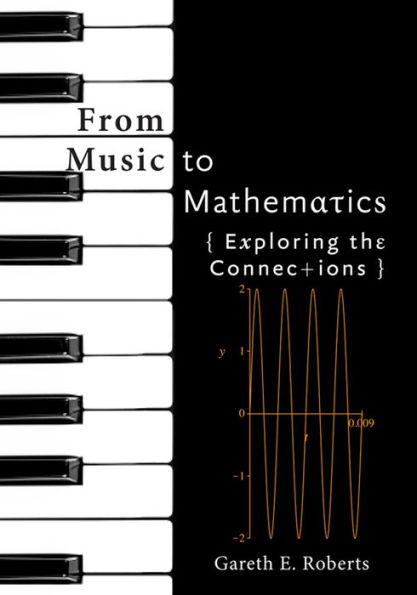A guided tour of the mathematical principles inherent in music.
Taking a "music first" approach, Gareth E. Roberts's From Music to Mathematics will inspire students to learn important, interesting, and at times advanced mathematics. Ranging from a discussion of the geometric sequences and series found in the rhythmic structure of music to the phase-shifting techniques of composer Steve Reich, the musical concepts and examples in the book motivate a deeper study of mathematics.
Comprehensive and clearly written, From Music to Mathematics is designed to appeal to readers without specialized knowledge of mathematics or music. Students are taught the relevant concepts from music theory (notation, scales, intervals, the circle of fifths, tonality, etc.), with the pertinent mathematics developed alongside the related musical topic. The mathematics advances in level of difficulty from calculating with fractions, to manipulating trigonometric formulas, to constructing group multiplication tables and proving a number is irrational.
Topics discussed in the book include
• Rhythm
• Introductory music theory
• The science of sound
• Tuning and temperament
• Symmetry in music
• The Bartók controversy
• Change ringing
• Twelve-tone music
• Mathematical modern music
• The Hemachandra–Fibonacci numbers and the golden ratio
• Magic squares
• Phase shifting
Featuring numerous musical excerpts, including several from jazz and popular music, each topic is presented in a clear and in-depth fashion. Sample problems are included as part of the exposition, with carefully written solutions provided to assist the reader. The book also contains more than 200 exercises designed to help develop students' analytical skills and reinforce the material in the text. From the first chapter through the last, readers eager to learn more about the connections between mathematics and music will find a comprehensive textbook designed to satisfy their natural curiosity.



